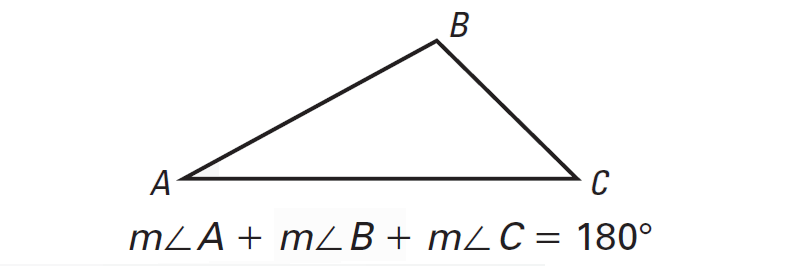SUBSTITUTION METHOD IN INTEGRATION
In this page substitution method in integration we are going see where we need to use this method in integration. In this method we need to change the function which is defined one variable to another variable. If we have limits then we have to change that too.
Now let us see some example problems to understand this topic.
Problem 1 :
Integrate cos x/(1+sin x)
Solution :
= ∫[cos x/(1 + sin x)] dx
Let U = 1+sin x
Differentiate with respect to x on both sides
du = cos x dx
∫ [cos x/(1+sin x)] dx = ∫ [cos x dx/(1+sin x)]
= ∫ du/u
= ∫ (1/u) du
= log u + C
= log (1+sin x) + C
Problem 2 :
Integrate (6x + 5)/√(3x2+5x+6)
Solution :
= ∫ [(6x + 5)/√(3x²+5x+6)] dx
Let U = 3x2 + 5x + 6
Differentiate with respect to x on both sides
du = (6x+5) dx
= ∫ (6x+5) dx/√(3x2+5x+6)
= ∫du/√u
= ∫ u^(-1/2) du
= u^[(-1/2) + 1]/[(-1/2) + 1] + C
= u^[(-1 + 2)/2]/[(-1 + 2)/2] + C
= u^(1/2)/(1/2) + C
= 2 √u + C
= 2 √(3x2+5x+6) + C
Problem 3 :
Integrate cosec x
Solution :
= ∫ cosec x dx
To solve this problem we have to multiply and divide by (cosec x - cot x)
= ∫ cosec x (cosec x - cot x)/(cosec x - cot x) dx
Let U = (cosec x - cot x)
Differentiate with respect to x on both sides
du = - cosec x cot x - (- cosec² x)dx
du = - cosec x cot x + cosec² x)dx
du = cosec²x- cosec x cot x dx
= ∫ (cosec²x - cosec x cot x) dx /(cosec x - cot x)
= ∫ du/u
= ∫ (1/u) du
= log u + C
= log (cosec x - cot x) + C
Problem 4 :
Integrate x5 (1 + x6)7
Solution :
Let t = 1 + x⁶
differentiate with respect to x
dt = 6 x⁵ dx
dt/6 = x⁵ dx
x⁵ dx = dt/6
= ∫ x⁵ (1 + x⁶)⁷ dx
= ∫ t⁷ (dt/6)
= (1/6) t⁷ dt
= (1/6) [t(7+1)/(7+1)] + C
= (1/6) (t8/8) + C
= (1/48) t8 + C
= t8/48 + C
= (1 + x⁶)⁸/48 + C
Problem 5 :
Integrate (2Lx + m)/(Lx² + mx + n)
Solution :
Let t = (Lx2+mx+n)
differentiate with respect to x
dt = (2Lx + m) dx
= ∫ (dt/t)
= log t + C
= log (Lx² + mx + n) + C
Problem 6 :
Integrate (4ax + 2b)/(ax2 + bx + c)10
Solution :
t = ax2+bx+c
differentiate with respect to x
dt = 2ax+b
= ∫(4ax+2b)/(ax2+bx+c)10 dx
now we are going to take 2 from the numerator
= ∫ 2 (2ax+2b)/(ax2+bx+c)10 dx
= ∫2 (dt/t10)
= ∫2 t-10 dt
= 2t(-10+1)/(-10+1) + C
= 2t-9/(-9) + C
= (-2/9) (ax2 + bx + c)^(-9) + C
= [-2/9(ax2+bx+c)9] + C

Apart from the stuff given in this section, if you need any other stuff in math, please use our google custom search here.
Kindly mail your feedback to v4formath@gmail.com
We always appreciate your feedback.
©All rights reserved. onlinemath4all.com
Recent Articles
-
Sum of the Three Angles of a Triangle
Apr 26, 24 09:20 PM
Sum of the Three Angles of a Triangle - Concept - Solved Examples -
Writing Quadratic Functions in Standard Form
Apr 26, 24 12:39 PM
Writing Quadratic Functions in Standard Form or Vertex Form -
Factoring Quadratic Trinomials
Apr 26, 24 01:51 AM
Factoring Quadratic Trinomials - Key Concepts - Solved Problems
